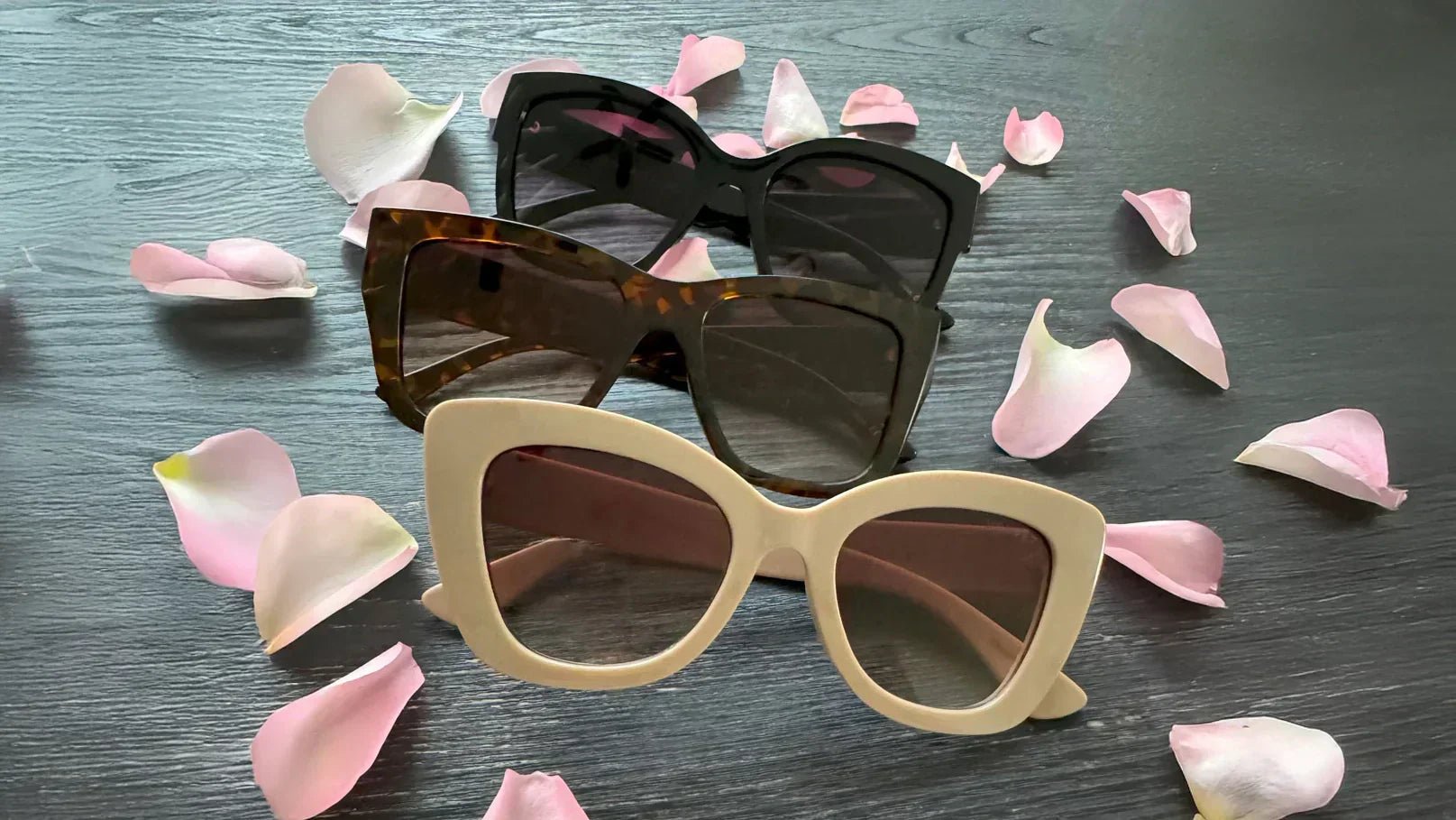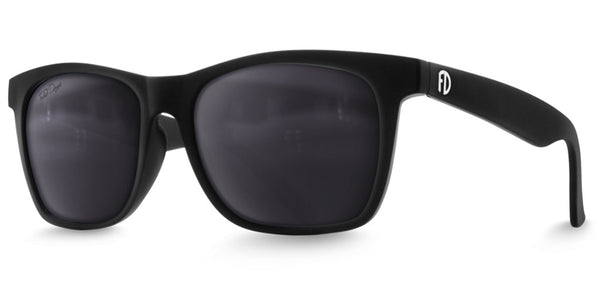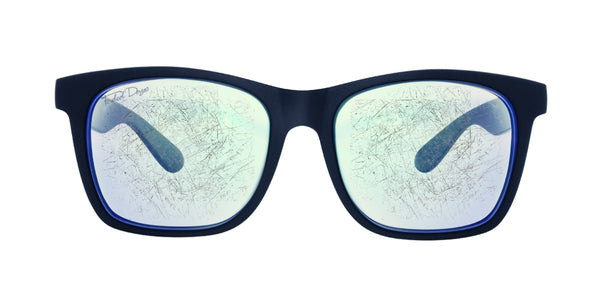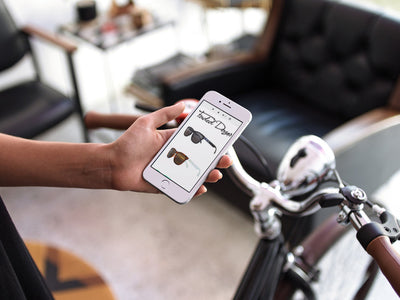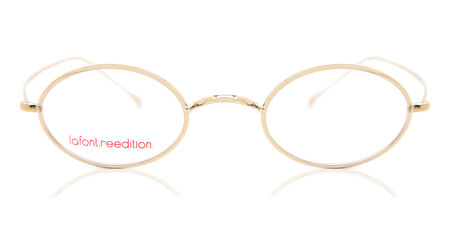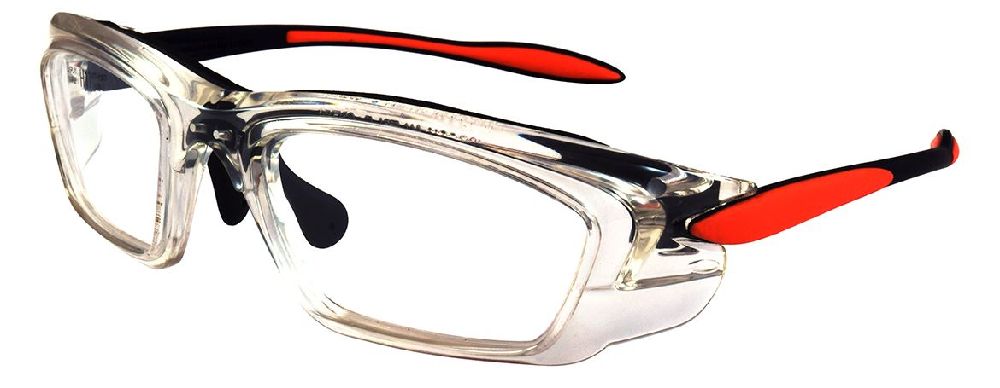Once you order prescription glasses for large heads, getting the correct match isn’t nearly body measurement—it’s additionally about ensuring your lenses are positioned accurately in entrance of your eyes. That is the place pupillary distance (PD) is available in.
What’s PD?
Pupillary Distance (PD) is the measurement (in millimeters) between the facilities of your pupils. This quantity helps be certain that your lenses align correctly together with your eyes, offering clear, comfy imaginative and prescient.
Why is PD Essential?
In case your PD is wrong, your lenses received’t be positioned accurately, which might result in:
- Blurred imaginative and prescient – particularly for greater prescription strengths.
- Eyestrain or discomfort – your eyes might battle to focus if the lenses aren’t aligned.
- Distortion – notably for progressive or bifocal lenses.
The Best and Most Dependable Method to Get Your PD
Since you have already got a prescription, the quickest and most correct means to get your PD is to contact the optician who offered your prescription. Normally, this info was already measured throughout your eye examination, even when it wasn’t written in your prescription slip. Merely name or go to your optician and ask to your pupillary distance (PD) measurement—this ensures full accuracy and removes any guesswork.
What If You Can’t Get Your PD from Your Optician?
If reaching out to your optician isn’t an possibility, don’t fear! You possibly can nonetheless measure your PD your self at house utilizing a ruler or a cell app. We’ll information you thru the very best strategies within the subsequent part.
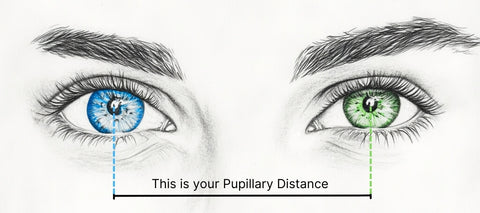
Measure Your Pupillary Distance Your self (Step-by-Step Information)
In case you’re unable to get your pupillary distance (PD) out of your optician, don’t fear—you may measure it your self at house. All you want is a ruler with millimeter markings and a mirror (or a good friend to help). Comply with these easy steps to make sure accuracy.
Step-by-Step Information to Measuring Your PD
What You’ll Want:
- A ruler with millimeter (mm) markings
- A mirror
- Good lighting
Step 1: Stand in Entrance of a Mirror
Discover a well-lit area with a mirror at eye degree. Stand about 8–12 inches away to make sure clear visibility of your pupils.
Step 2: Place the Ruler Appropriately
Maintain the ruler horizontally towards your brow, simply above your eyes. Align the “0 mm” mark with the middle of your left pupil whereas preserving your head straight and degree.
Step 3: Measure the Distance
Look straight forward and maintain each eyes open. Learn the measurement on the heart of your proper pupil—that is your binocular PD (whole PD for each eyes). Most grownup PDs vary between 57–74 mm.
Step 4: Double-Verify for Accuracy
- Take at the least 2–3 measurements to make sure consistency.
- If in case you have somebody accessible, ask them to measure for you—it’s typically simpler and extra exact.
- In case your numbers fluctuate barely, use the common of your measurements.
Various: Measuring Monocular PD (For Every Eye Individually)
Some prescriptions require monocular PD, which means separate measurements for every eye. In case your PD is written as two numbers (e.g., 33/32), this implies the gap from the middle of your nostril to every pupil is barely completely different.
The best way to Measure Monocular PD:
- Align the “0 mm” mark with the middle of your nostril as a substitute of your left pupil.
- Measure the gap out of your nostril to the middle of your left pupil, then out of your nostril to the middle of your proper pupil.
- These two numbers collectively make up your whole PD.
Frequent Errors to Keep away from
- Tilting Your Head – Maintain your head degree to keep away from measurement errors.
- Measuring at an Angle – The ruler needs to be flat towards your brow.
- Utilizing Inches As an alternative of Millimeters – PD is all the time measured in mm.
- Squinting or Closing One Eye – Maintain each eyes open for probably the most correct end result.
Want an Simpler Approach? Use a Cell App!
In case you’re scuffling with the handbook methodology, some cell apps can measure your PD utilizing your telephone’s digicam. We’ll go over how this works within the subsequent part.

Technique 2: Use a Cell App to Measure Your PD
If measuring your pupillary distance (PD) manually feels troublesome, you need to use a cell app to get an correct studying. Many apps use your telephone’s digicam to calculate your PD robotically, making the method fast and hassle-free.
How PD Measurement Apps Work
PD measurement apps sometimes use one of many following strategies:
- Face Recognition Expertise – The app detects your pupils and calculates the gap robotically.
- Card-Based mostly Calibration – Some apps ask you to carry a standard-sized card (like a bank card) towards your brow to assist decide scale.
Most apps will information you thru just a few easy steps to get your PD measurement inside seconds.
Steps to Measure PD Utilizing an App
- Obtain a good PD measurement app from the App Retailer (iOS) or Google Play (Android).
- Comply with the on-screen directions, which can embody positioning your face inside a body or holding a card for scale.
- Maintain your head straight and look immediately on the digicam whereas the app scans your eyes.
- Overview the outcomes and guarantee they appear in line with typical PD ranges (57–74 mm for many adults).
- Take a number of readings if vital to verify accuracy.
Beneficial Options to Search for in a PD App
Not all PD apps are created equal. When selecting one, search for:
- Good consumer opinions – Make sure the app has optimistic rankings and suggestions.
- Clear directions – A step-by-step information inside the app helps keep away from errors.
- No extreme permissions – The app mustn’t require pointless entry to your private information.
- Compatibility together with your gadget – Some apps work higher on sure telephone fashions.
Whereas we don’t endorse particular apps, some generally used PD measurement instruments embody:
- Apps from well-known eyewear retailers
- Common PD measurement apps on the App Retailer or Google Play
In case you choose a quick and automatic methodology, utilizing an app could also be one of the simplest ways to measure your PD with out a ruler or mirror.
Troubleshooting & Frequent Questions About PD Measurements
Even with the very best strategies, measuring your pupillary distance (PD) can typically result in confusion. Beneath, we handle the commonest points and questions to assist make sure you get probably the most correct measurement.
What If My PD Measurements Differ Every Time?
It is regular to your PD to fluctuate barely when measuring a number of instances. In case you get completely different outcomes, take three measurements and use the common. Having a good friend help or utilizing a cell app can even enhance accuracy.
Does My PD Must Be Actual?
For many single-vision lenses, a 1–2 mm variation is normally acceptable. Nevertheless, for progressive or bifocal lenses, a precise measurement is extra necessary to forestall distortion.
What If I Have Two PD Numbers on My Prescription?
Some prescriptions record monocular PD, which implies the measurement is offered individually for every eye (e.g., 33/32 mm). That is frequent when your pupils will not be completely symmetrical. In case your prescription consists of monocular PD, present each numbers when submitting your measurement.
Why Isn’t My PD Listed on My Prescription?
Some opticians don’t robotically embody PD on prescriptions as a result of it’s thought-about a becoming measurement slightly than a prescription requirement. In case you haven’t obtained it, you may name your optician and request the quantity, as they doubtless measured it throughout your examination.
What Occurs If My PD Is Unsuitable?
An incorrect PD may cause:
- Blurry imaginative and prescient resulting from incorrect lens alignment
- Eye pressure or discomfort if the optical heart of the lens doesn’t match your pupils
- Distortion, particularly for top prescriptions or progressive lenses
For this reason we strongly suggest getting your PD out of your optician if doable. If self-measuring, take a number of readings for the very best accuracy.
Can My PD Change Over Time?
For adults, PD stays secure and doesn’t change until there’s important weight reduction, getting older results, or an eye situation that alters pupil positioning. For kids, PD can change as they develop.
The best way to Submit Your PD to Light Days and Full Your Order
Now that you’ve your pupillary distance (PD) measurement, the ultimate step is to ship it to us so we are able to full your prescription glasses. Offering your PD ensures that your lenses are positioned accurately for optimum readability and luxury.
The best way to Submit Your PD
Reply to the Electronic mail You Obtained from Light Days
- Merely reply to the e-mail we despatched requesting your PD and embody your measurement in your reply.
- In case you measured it your self, we suggest offering the common of a number of readings to make sure accuracy.
What Occurs Subsequent?
- As soon as we obtain your PD, we’ll start crafting your prescription glasses.
- If we now have any questions on your PD, we’ll attain out to make clear earlier than continuing.
Searching for the Proper Prescription Eyewear?
In case you’re not already a Light Days buyer and simply got here right here for info, be happy to discover our collections. We concentrate on high-quality eyewear designed for bigger head sizes:
- Prescription glasses for large heads – Designed for an ideal match and all-day consolation.
- Prescription sun shades frames for giant heads – Get UV safety with custom-made prescription lenses.
- Polarized prescription giant sun shades – Cut back glare whereas sustaining crystal-clear imaginative and prescient.







